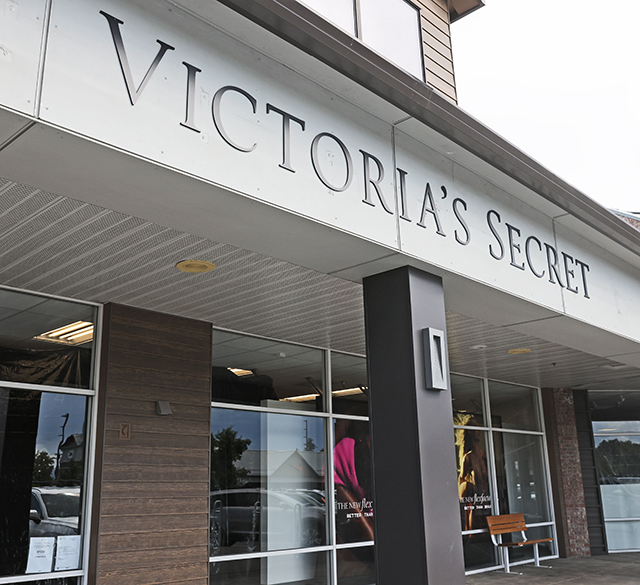Champion sailor later earned riches on land
Published 12:00 am Sunday, October 9, 2016
Jim Kilroy, a prominent California real estate developer who gained even wider renown for his exploits at sea, as a champion yachtsman sailing the largest class of racing boats, died Sept. 29 in Los Angeles. He was 94.
His daughter Trice Kilroy confirmed the death.
Trending
In real estate, Kilroy, a gold miner’s son and a former aircraft company executive, developed many of the enormous properties that provided a home to Southern California’s booming aviation, aerospace, defense and technology industries after World War II, beginning with Hughes Aircraft, Douglas Aircraft and Rockwell Manufacturing.
Developing large commercial properties in and around Los Angeles as well, he built a multibillion-dollar company.
But it was as a yachtsman that he drew international attention, captaining teams that won five Maxi Yacht World Championships from 1981 to 1987. (Maxi yacht racing involves sailboats generally 80 feet long).
After buying his first racing sailboat in the early 1950s, Kilroy began applying the aerodynamic principles he had learned in the aviation industry to improving the performance of his sailing yachts, a succession of them all named Kialoa, Hawaiian for long, white canoe. The first was a 50-footer; the last, Kialoa V, was an 80-foot maxi yacht.
In 1975, he won 11 major ocean races, including the Transatlantic, the Fastnet and the Sydney-to-Hobart races. The Hobart win in 1975 set a record time that stood for 21 years.
Kilroy was involved in every aspect of his racing teams, from design to manufacturing to steering the boat, using scientific analysis to improve performance.
Trending
“He is a devoutedly analytical man who lives by his Hewlett-Packard 67 calculator like Jesse James lived by his gun,” a crew member, Roger Vaughn, wrote in “Fastnet: One Man’s Voyage,” about the storm-tossed 1979 Fastnet Race, a 605-mile course between England and Ireland, in which 18 people died. Kialoa III finished second.
An earlier Kialoa was one of the first racing yachts to be built of aluminum. For Kialoa IV, built in 1981, Kilroy took a calculated risk in adopting a composite carbon and Kevlar hull after consulting with friends in the aerospace industry.
To test Kialoa IV, a computer system was used to transmit performance data by the second to analysts on shore, who then relayed their assessments back to the boat to make adjustments to the boat’s trim.
Kialoa IV won 20 out of 24 races in 1981, and the analytics used by Kilroy became the standard for Maxi yachts.
An imposing man at 6 feet 4 inches, with prematurely white hair and jet-black eyebrows, Kilroy was known for carrying an all-amateur crew that, at his insistence, would sail with him full time for no more than three years. Afterward, the young sailors, numbering more than 600 over the years, were meant to pursue their own careers.
“He wanted everyone on the boat to be as successful as him,” said Dick Neville, a Tasmanian who began sailing on Kialoa III after it had finished the 1975 Sydney Hobart Race. “He wanted everyone to take the lessons they learned from sailing into the rest of their lives.”
Neville is now a commercial real estate developer in Annapolis, Maryland.
Kilroy was inducted into the National Sailing Hall of Fame in 2014 and given its first lifetime achievement award.
John Beresford Kilroy — he had always gone by Jim, the name his siblings gave him as a child — was born on May 1, 1922, in Alaska, the youngest of three children of an Irish immigrant gold miner and his wife. The family was living in the Athabaskan village of Ruby, along the Yukon River, when his father lost its savings to gambling, forcing his mother to pack up and move the family, at first by dogsled.
They ended up in California, in Walnut Park in Los Angeles County. When Kilroy’s father eventually left the family, his mother worked by night and cared for her young children by day.
In an autobiography, “Kialoa US-1: Dare to Win” (2012), Kilroy said it was this “very strong and determined woman” who most influenced his work ethic and creativity in business.
Kilroy was working as a dishwasher while studying engineering at Santa Barbara State College when he was introduced to Donald Douglas Sr., founder of Douglas Aircraft. He was hired in 1940, at 18, as a manufacturing inspector, then began rising through the ranks.
He turned to commercial real estate development as manufacturers began flooding into sunny, dry Southern California after World War II, founding Kilroy Industries in 1947.








